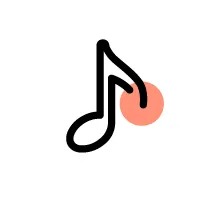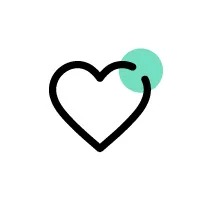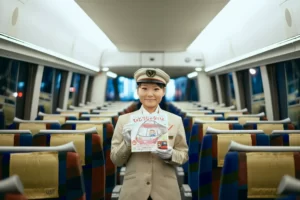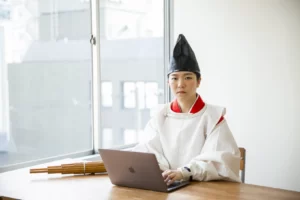Choosing a Second Career: Story of a Sumo Wrestler Turned Nurse
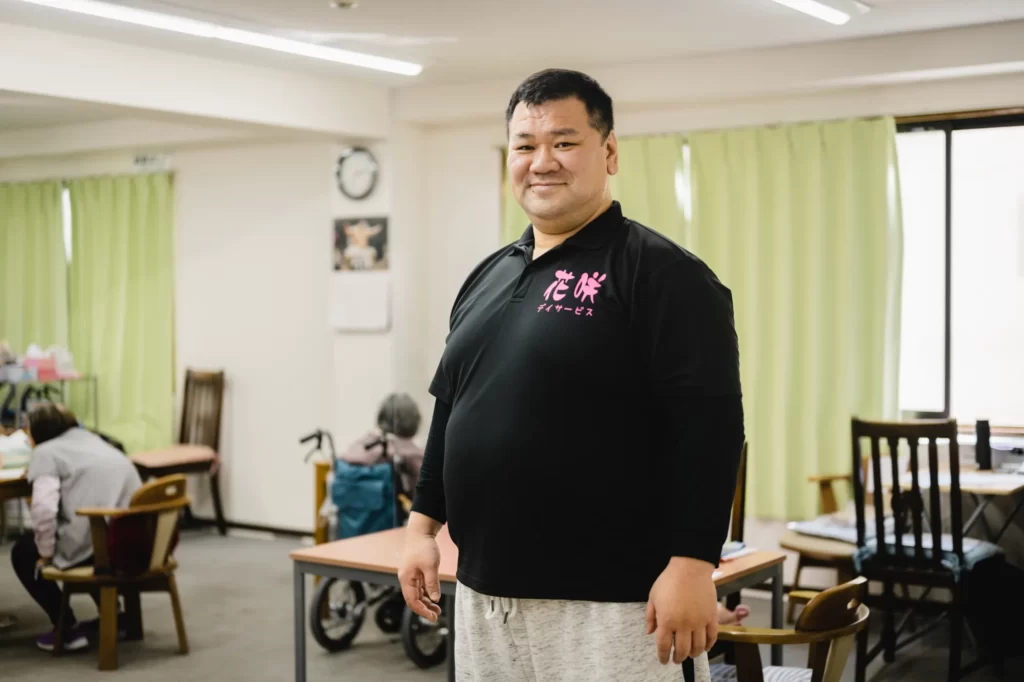
Choosing a second career can be daunting, yet many often seek a new profession, either by choice or out of necessity. After a successful career as a rikishi that spanned 18 years, Keisuke Kamikawa retired from the sumo world and wondered, “What am I going to do now?” He was 33 and had no experience in any other job.
Mr. Kamikawa was only 15 and fresh out of junior college when he began his journey as a sumo wrestler. His father’s friend, a former wrestler, had suggested the profession to him during a visit, and he decided to give it a try, kickstarting almost two decades of intensive training and fighting while dreaming of becoming Yokozuna, the grand champion.
Fighting under the name Wakatenro, Kamikawa only reached the Juryo 2 rank in September 2010 before he retired less than a year later. Several years after his retirement, many still recognize him as a wrestler in Ryogoku, where there are many sumo stables, but he’s found himself a home in a new career.
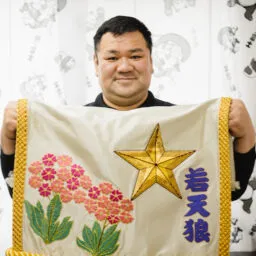
An Unlikely Second Career
Mr. Kamikawa was not the first person to retire from sumo wrestling. With the average retirement age pegged somepoint in the 20s, many wrestlers have had to choose to commit their lives to a new occupation.
“One of the most famous second careers for a rikishi is becoming a “oyakata,” or stablemaster, who owns his own stable; stable ownership involves coaching young wrestlers,” he said.
While Kamikawa, like many of his colleagues, would have considered becoming an oyakata, he knew his chances were slim, given the stringent qualification requirements, which allowed for selecting only one or two people each year.
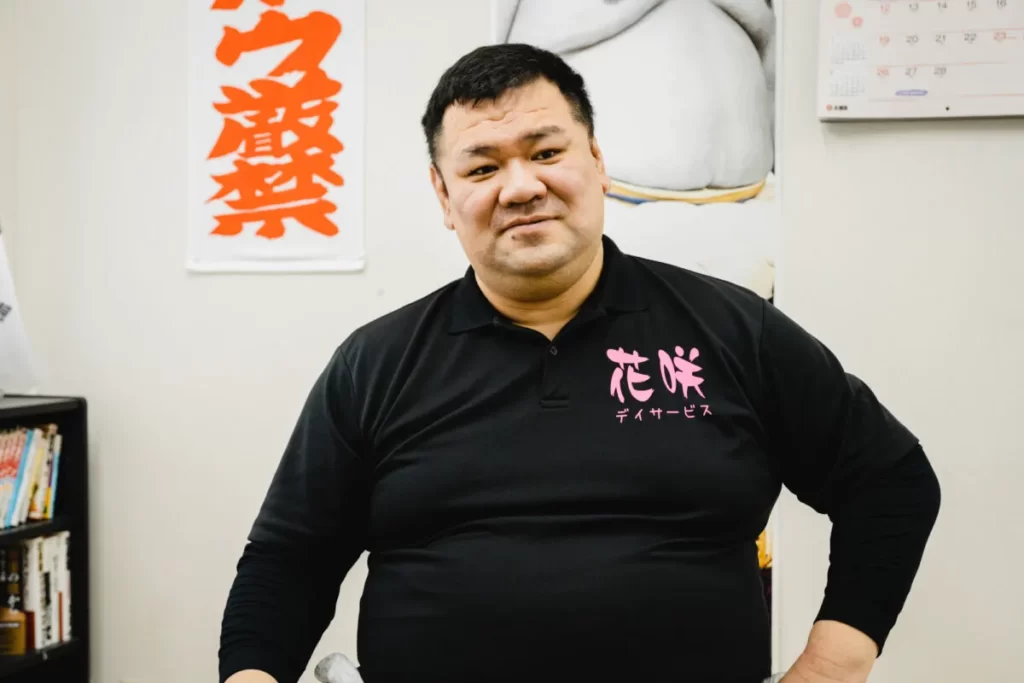
Consequently, many retired wrestlers work in restaurants, graft clinics, security and related jobs, but none of those caught Kamikawa’s attention. “Restaurants are sticky because there are so many former rikishi there, so I eliminated them as an option,” he said.
Unable to immediately choose a new career, Mr. Kamikawa decided to get a high school diploma for the time being. During that program, he heard from a classmate from elementary school who worked at a day care service.
“I thought maybe I can make use of my experience as a wrestler if I work as a caregiver, so, with no experience working at a day service, I launched the first store, ‘Day Service Hanasaki,’ in 2013,” he said.
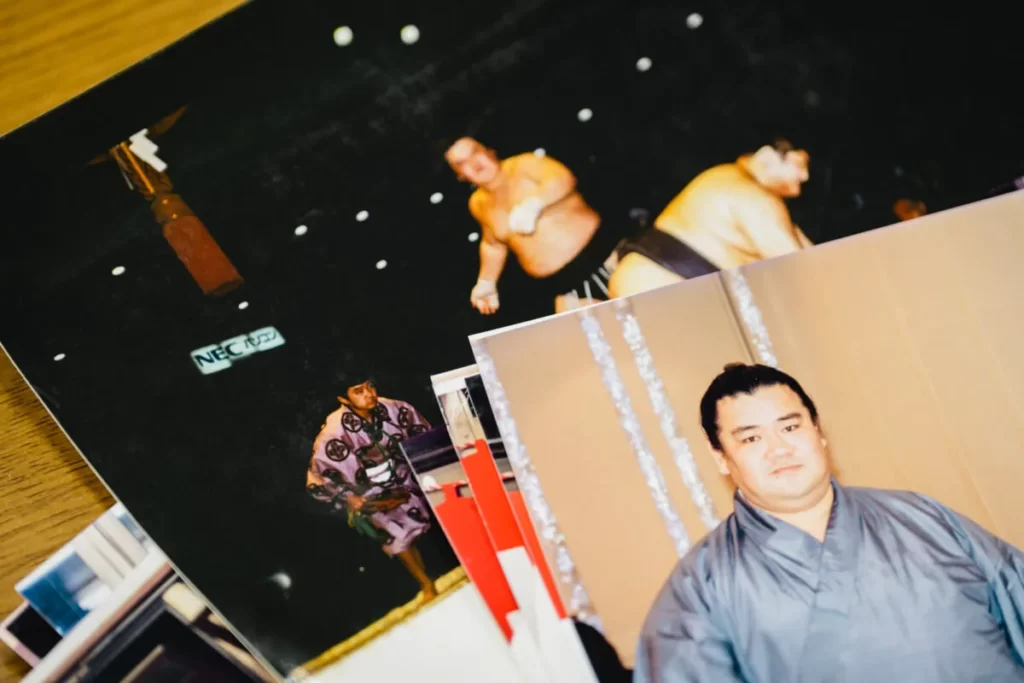
What Does Sumo Wrestling Have to Do With Nursing?
Nothing, it seems, but that’s not true. “I think it is in the spirit of “caring.” Rikishi experience being a “Tsukibito,” he said. A Tsukibito is a rikishi below the makushita rank attached to a Sekitori or stablemaster; he takes care of the master’s personal belongings at the main tournament, in the training hall, and in his daily life. This attachment helped sumo wrestlers learn to care for others, and that was the foundation for Kamikawa’s venture into nursing.
However, the business of nursing is not only about care-giving. Kamikawa grew up watching his parents run their business, but he had no experience running one when he launched his first store. He knew running the day care business would be tasking but thought it was better than becoming an employee.
“I didn’t want to work for anyone else because I thought that once you get used to being employed by someone else, you become a company employee and cannot get out of it,” he said.
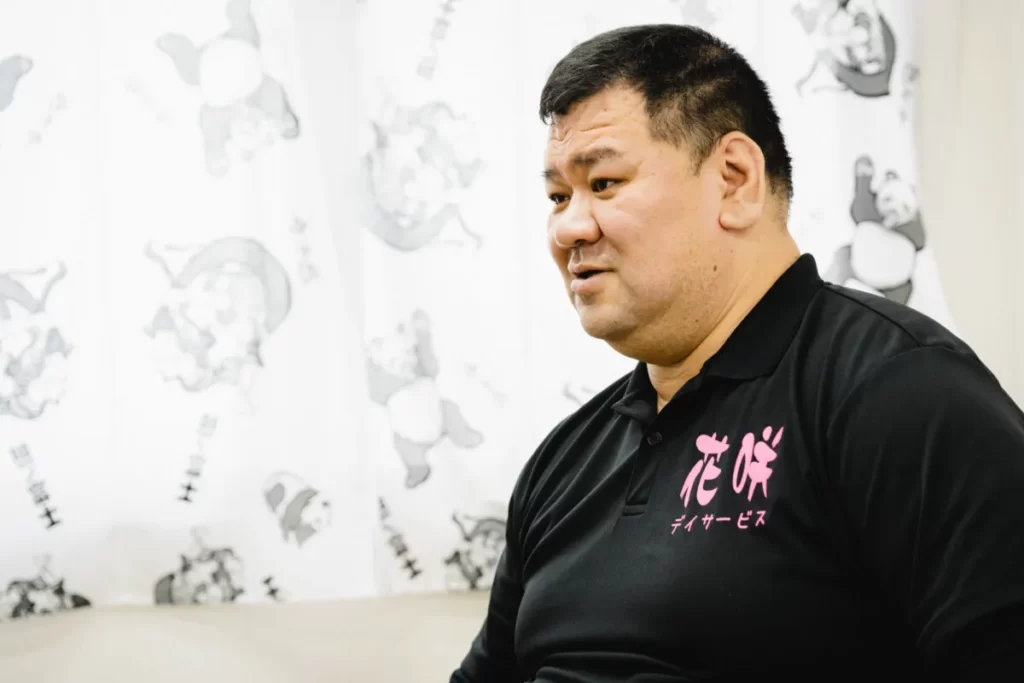
So, he decided to learn on the go, and learn he did. “Of course, it was impossible to run a business successfully from the beginning, and we faced various crises, such as difficulty in attracting users and losses. But in times like that, I remembered the feelings I had when I was a sumo wrestler and endured severe training, and I managed to get through it,” he said.
Kamikawa now enjoys his work as nurse. “When I see a patient who was a little down when he or she first came to the center getting better day by day through our care, it makes me think, ‘I’m glad I’m doing this job!’ and I feel energized myself,” he said.
Kamikawa now runs two other day service locations along with Day Service Hanasaki. And he has a few former wrestlers working for him. He noted, however, that a rikishi who was forced into retirement by an injury that limits his movement may be unfit for a nursing role.
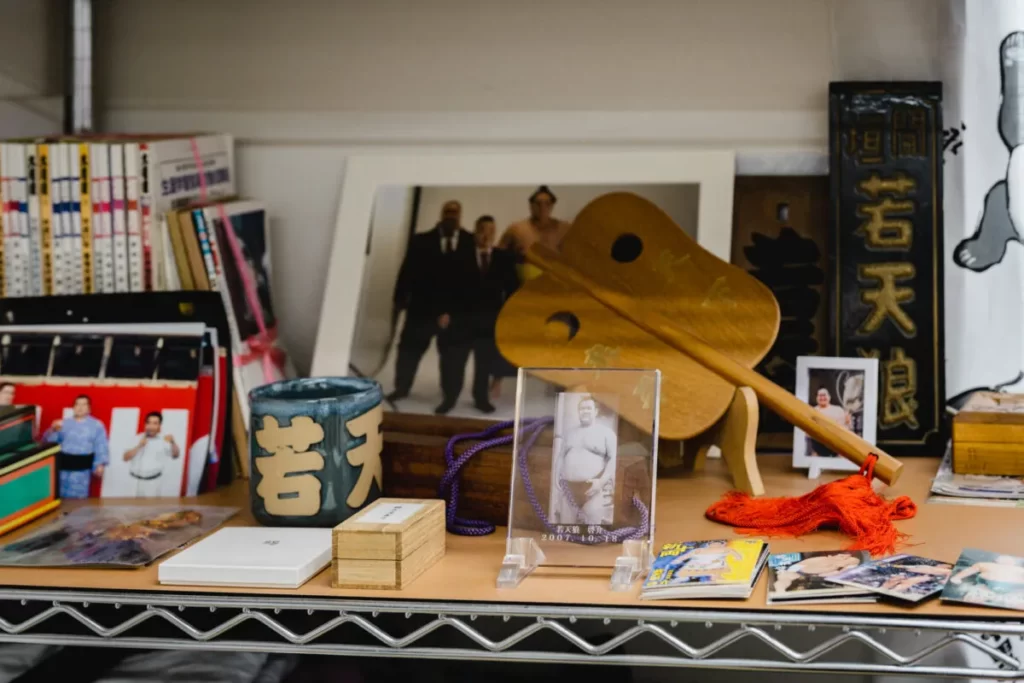
Beyond the Second Job, a Call
Having found his feet in his new career, Kamikawa, knowing how many former wrestlers struggled to determine what to do after their retirement, offered them his guidance. “The issue of second careers for rikishi has been a problem for a long time, and I had many opportunities to hear about it from younger wrestlers,” he said.
“The sumo world is a special world. Rikishi who has only known it for a short time find it difficult to consult with general recruitment agents. And I think agents are also at a loss as to where to refer them,” he added.
Kamikawa is sure that sumo wrestlers who typically retire in their early 20s are young enough to restart their careers. “I thought it would be reassuring if former rikishi in the same situation could offer advice to these promising people, so I established an association that can introduce them to post-retirement jobs,” he said.
The Association for the Promotion of Second Career of Wrestlers, an incorporated association, supports retired wrestlers to find post-retirement jobs.
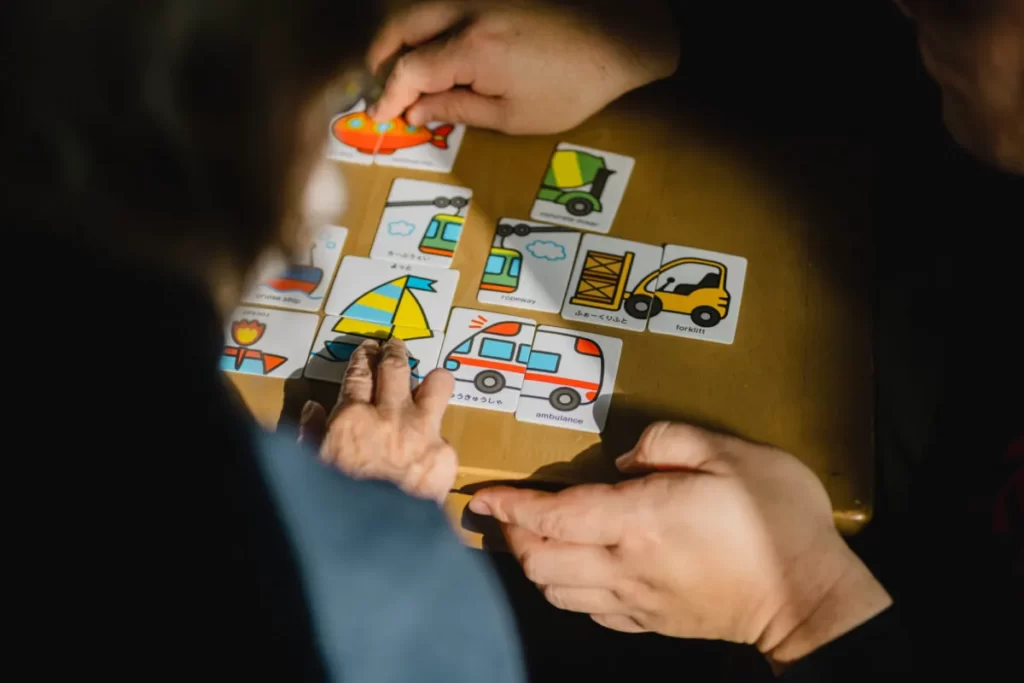
Which Industry Do You Fit Into?
People often get stuck at trying to determining which industry that can fit into for a new career. Kamikawa says it is an exercise in futility. “You can’t know which industry you fit into until you try it. Therefore, it would be a waste to assume ‘I can’t do it’ before you even try the job,” he said.
“I think there is no such thing as a good fit or bad fit for a job. If you keep thinking about it without taking the plunge, time will just pass. Try taking action for now, and if it doesn’t work out, that’s fine. It won’t kill you. When I started my own business, I told myself, ‘Even if the company goes under, I won’t die,” Kamikawa added.
So, Kamikawa usually suggests several jobs to people who don’t know what to do but leaves them to decide.
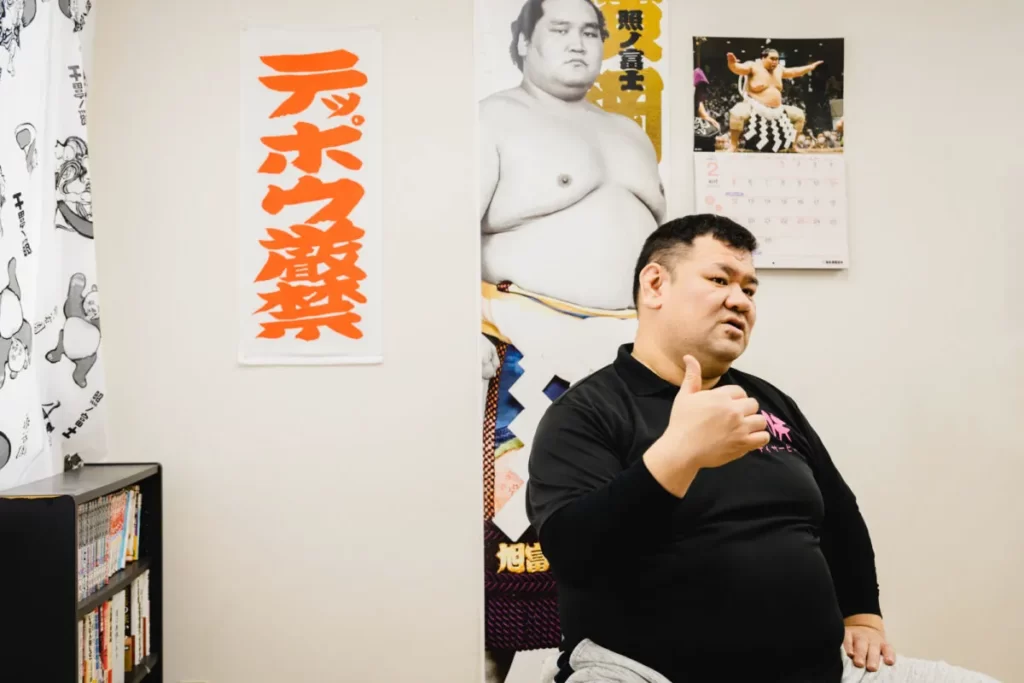
How To Live Without Regrets
Kamikawa believes the key to a life with no regrets is to take action instead of trying to figure everything out before making a move. “I have done everything I wanted to do, including sumo wrestling and nursing care. I have no regrets,” he said.
He continued: “Time just flies when you’re worrying about things, and there’s always the possibility that what you want to do will change in 10 years. In that case, if there is a job that interests you now, I think you should definitely do it.”
That’s what Kamikawa has done. Maybe he’d be interested in doing something else in future. For now, though, he wants his Hanasaki to be known as the best day service in Sumida-ku. “I would like to become the “yokozuna” of the nursing care industry in Sumida-ku,” he said.
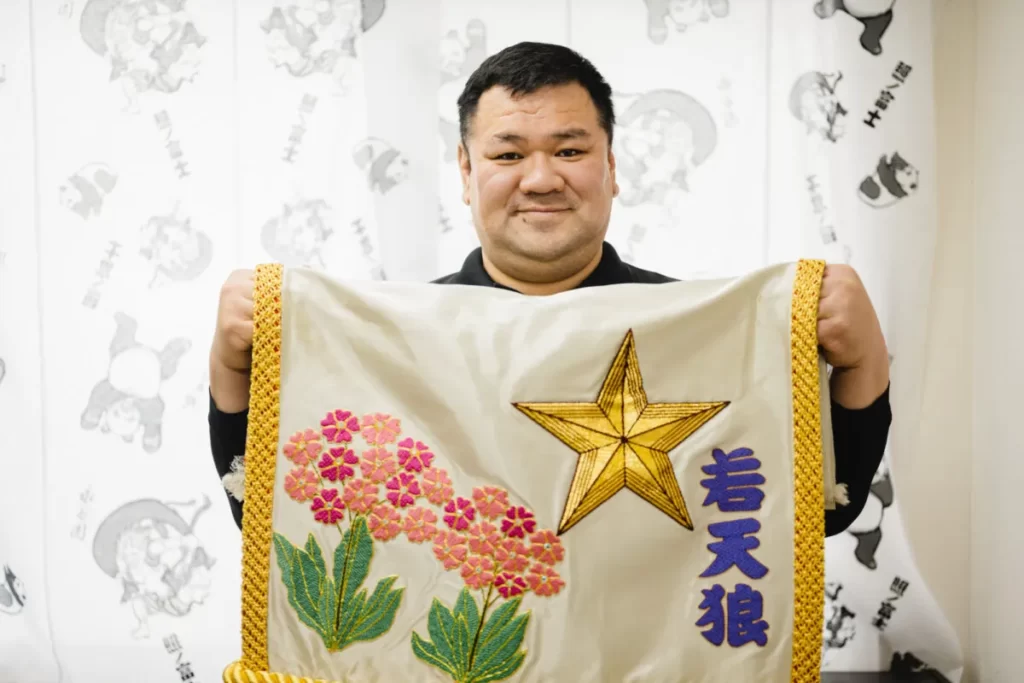
Interviewed: February, 2023
Production Cooperation: Mai Yoshino + Note,Ltd
Photo: Yuya Shiokawa

